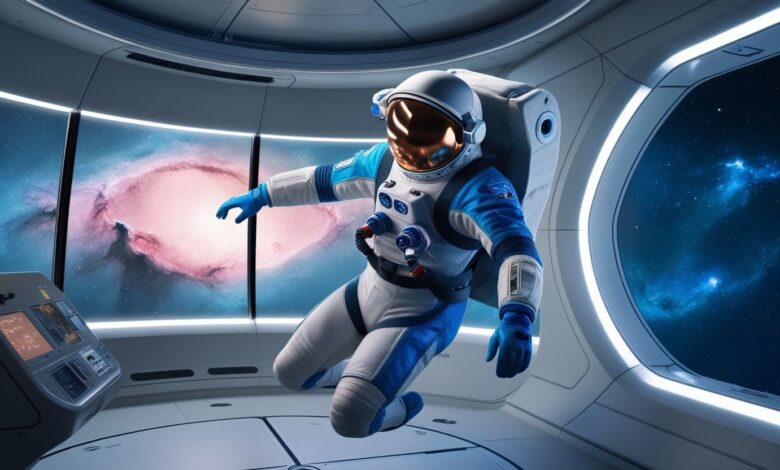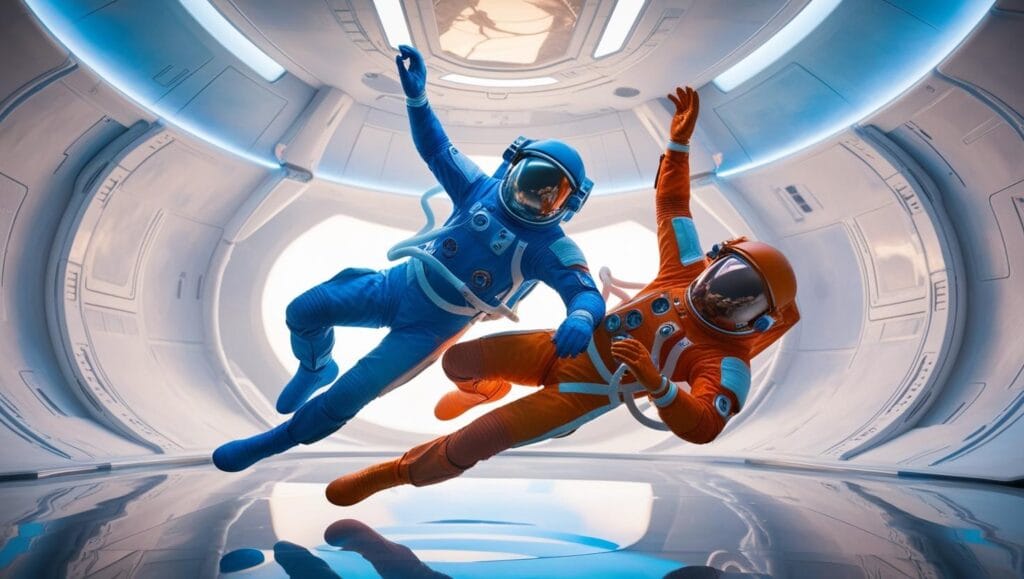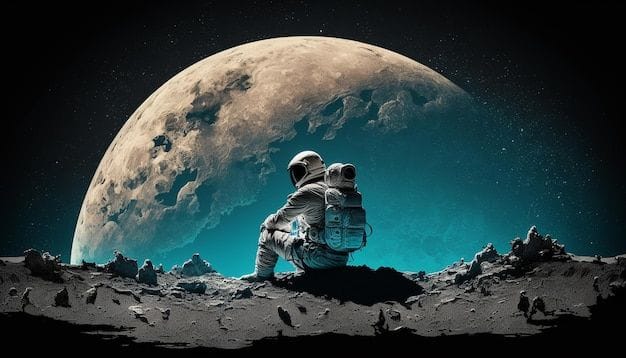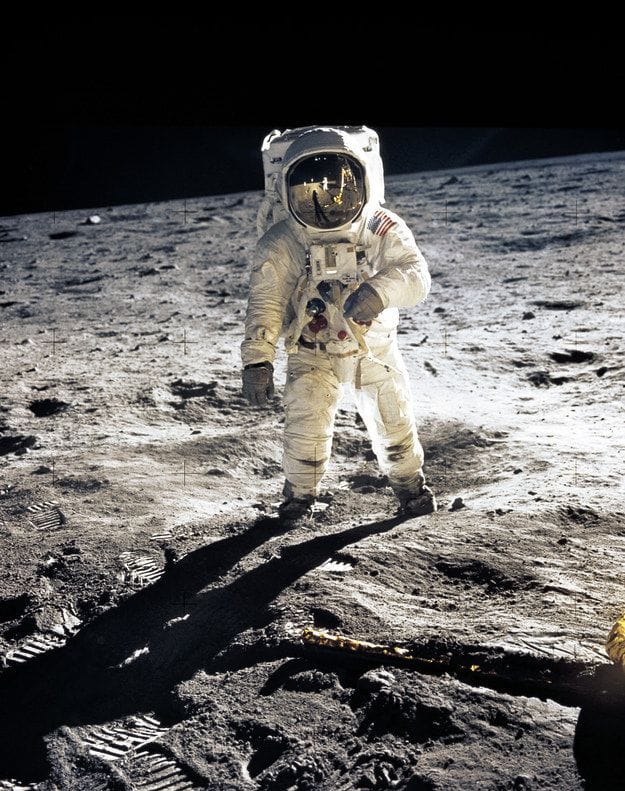Astronauts: Life Among the Stars and Daily Challenges

“The spirit of exploration drives us to push our limits and reach for the stars.” This spirit is epitomized by astronauts.
Astronauts are the heroes of area and its exploration. They were role models for children from a young age. When you ask kids approximately their dreams, many explicit a preference to grow to be astronauts. These adventurers embark on interesting journeys a ways from the traditional existence on Earth. They live in tough environments in outer space, acting medical and technical responsibilities beneath unpredictable situations. Their each day lives are full of mystery and demanding situations. In this newsletter, we discover what lifestyles is like for astronauts.
Astronauts experience a one-of-a-type journey, however they should adapt to uncommon conditions in a zero-gravity surroundings. Life in area entails many day by day exercises that vary totally from lifestyles on Earth, together with ingesting, sleeping.
what do astronauts eat

Eating in space is in contrast to ingesting on Earth, because the absence of gravity calls for special instruction and consumption techniques. Food is sealed in hermetic luggage to save you it from floating. Most food are dehydrated and rehydrated with hot water the use of unique gadgets. Specialized utensils, like magnetic spoons and drink pouches, are used to prevent drinks or crumbs from floating.
how do astronauts sleep
Sleeping in space is challenging due to the lack of gravity. Astronauts sleep in drowsing baggage secured to the walls of the spacecraft to save you them from floating while asleep. Temperature and lights inside the spacecraft are managed to create a snug environment. Since there’s no herbal day-night cycle, astronauts comply with strict schedules for snoozing and waking.
Challenges Faced via Astronauts
Astronauts encounter sizable challenges that affect their fitness and performance. Below are the important thing problems:
Physical Health
Living in a zero-gravity surroundings has brilliant bodily outcomes. Without everyday muscle use, muscle mass step by step weaken, and astronauts experience bone density loss, increasing the threat of osteoporosis. Additionally, fluid redistribution inside the body causes facial swelling and an uncomfortable sensation of head heaviness, just like cold signs.
Mental Health
Extended durations of isolation in space, faraway from own family and buddies, impose titanic psychological pressure on astronauts. Feelings of loneliness and the stress of a restricted, high-obligation paintings environment can lead to mental fatigue or even despair. Team collaboration and conversation with ground control are vital in assuaging those pressures.
Cosmic Radiation
Beyond Earth’s environment, astronauts are deprived of natural safety from cosmic radiation. Prolonged exposure will increase the risk of intense fitness problems such as cancer or long-term harm to the nervous gadget.
Technical Challenges
The gadget and systems astronauts depend on for survival and work can also experience unexpected malfunctions. These require activate resolution and technical information, specifically in an environment missing immediate external help.
Despite these challenges, astronauts undergo rigorous education and acquire clinical and technical guide to ensure they are organized for the cruel conditions and to guarantee undertaking fulfillment.
why do astronauts float in space
Astronauts flow in area due to a phenomenon called microgravity, which happens whilst objects experience minimal gravitational forces as compared to Earth. While gravity nevertheless exists in area, it turns into weaker with distance from the planet. When a spacecraft orbits Earth, it moves at extraordinarily high speeds, growing a nation of continuous loose fall toward the planet. However, the spacecraft’s velocity prevents it from colliding with Earth, retaining it in a curved orbital direction. In this state, the whole thing within the spacecraft, including astronauts, falls on the identical price, giving the influence of weightlessness and allowing them to glide freely.
why are the astronauts stuck in space

Astronauts aren’t typically “stuck” in area, but every now and then delays or demanding situations can amplify their missions. Here are some reasons why astronauts would possibly live in area longer than planned:
- Weather Conditions: Poor weather on the landing site can put off their return to Earth for protection reasons.
- Technical Issues: Problems with spacecraft structures can briefly save you a safe journey returned.
- Mission Adjustments: In some cases, schedules are prolonged to maximise scientific research or to accommodate modifications in launch or return plans.
- Emergency Situations: Rare emergencies, like sudden harm to the spacecraft, may require astronauts to wait till repairs or a rescue task is prepared.
While these situations can be tough, astronauts are skilled to address them, and area agencies have systems in place to make sure their safety till they could return home.
first astronaut in space
Yuri Gagarin: The First Human in Space
On April 12, 1961, Soviet astronaut Yuri Gagarin made history because the first human to tour to space, attaining an remarkable milestone. Gagarin released aboard the “Vostok 1” spacecraft, completing a full orbit around Earth in only 108 mins. At 27 years antique, Gagarin became a symbol of braveness and medical determination, going through unknown situations and sizable dangers to pave the way for a brand new technology of space exploration. This mission’s success made Gagarin a international icon and substantially fueled the space race among global superpowers.
how many astronauts are there
To date, over six hundred astronauts from various nations have traveled to space. These astronauts constitute diverse space packages, including NASA (United States), ESA (Europe), Roscosmos (Russia), and businesses from other countries like China, India, Japan, and Arab countries inclusive of Saudi Arabia and the UAE.
This determine encompasses people who participated in exceptional missions, including orbiting Earth, conducting operations on the International Space Station (ISS), and lunar exploration. With the developing position of private space agencies like SpaceX and Blue Origin, the range of astronauts is predicted to rise notably in the close to future.
how many astronauts have died in space
As of now, 3 astronauts have officially died in area, which means they lost their lives above the Kármán line, the identified boundary of area. This tragic occasion came about in the course of the Soyuz 11 project in 1971, whilst a cabin depressurization accident killed the three Soviet cosmonauts—Georgi Dobrovolski, Viktor Patsayev, and Vladislav Volkov—at some stage in their go back to Earth.
However, several other astronauts have died in the course of area-related missions, but those incidents passed off either during release, re-access, or on the ground. Examples consist of the Challenger and Columbia travel screw ups, which claimed the lives of 14 astronauts. These losses remind us of the tremendous risks involved in space exploration.
how much do astronauts get paid

Astronauts’ salaries rely upon their experience and the organisation they work for, but they generally earn a first rate profits. For NASA astronauts, pay is primarily based on the U.S. Authorities’s General Schedule (GS) scale. Entry-level astronauts typically fall below GS-12, incomes round $sixty six,000 to $86,000 yearly, while extra skilled astronauts at GS-thirteen could make up to $one hundred,000 or greater consistent with 12 months.
These salaries replicate the hard nature of their schooling, the information required, and the excellent dangers they face for the duration of space missions. It’s well worth noting that astronauts operating for private corporations, like SpaceX, may have unique reimbursement systems, which could be higher due to personal sector dynamics.
how to become an astronaut
Becoming an astronaut calls for massive effort, capabilities, and advanced education. Here are the primary steps to achieve this dream:
- Higher Education:
Start by using incomes a degree in a systematic, engineering, or scientific area, inclusive of engineering, physics, area sciences, or medicine. Pursuing graduate research (Master’s or Ph.D.) can improve your chances. - Professional Experience:
After education, gain years of practical experience in your area, consisting of:- Working as an engineer or researcher in science or era.
- If you’re a pilot, gaining large flight enjoy, especially as a fighter or take a look at pilot, is beneficial.
- Physical Fitness and Health:
Being an astronaut calls for brilliant health. You will undergo rigorous clinical exams, along with:- Good vision (even with corrective lenses).
- High physical health to undergo harsh conditions.
- Psychological readiness to face pressure and challenges.
- Apply to Space Programs
- When space businesses like NASA or the European Space Agency (ESA) open packages, post a sturdy portfolio showcasing your schooling, revel in, and health qualifications.
- Intensive Training:
If widely wide-spread, you will undergo enormous education, which includes:- Learning to work in 0 gravity.
- Training to restore gadget and behavior clinical experiments.
- Learning Russian if operating with Roscosmos.
- Underwater schooling to simulate spacewalks.
- Adapting to extreme environments like deserts and forests.
Astronauts’ lives aren’t simply interesting adventures but additionally unique, task-stuffed paintings. These explorers sacrifice their consolation to uncover the unknown and increase humanity’s understanding of the universe. With each new undertaking, humanity takes every other step closer to unlocking the secrets and techniques of space, making astronauts symbols of development and human bravery.
References:
- NASA – Astronaut Requirements
- European Space Agency (ESA) – Becoming an Astronaut
- SpaceX Careers and Opportunities
Read also:
Aurora Borealis: A Journey Between Science and Beauty
